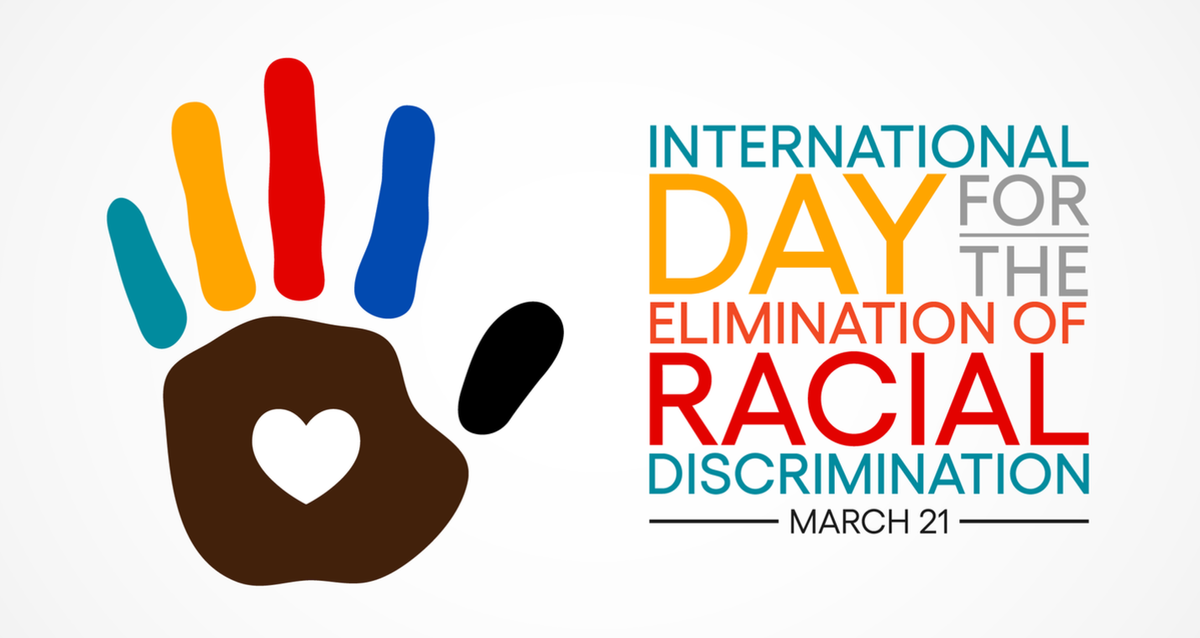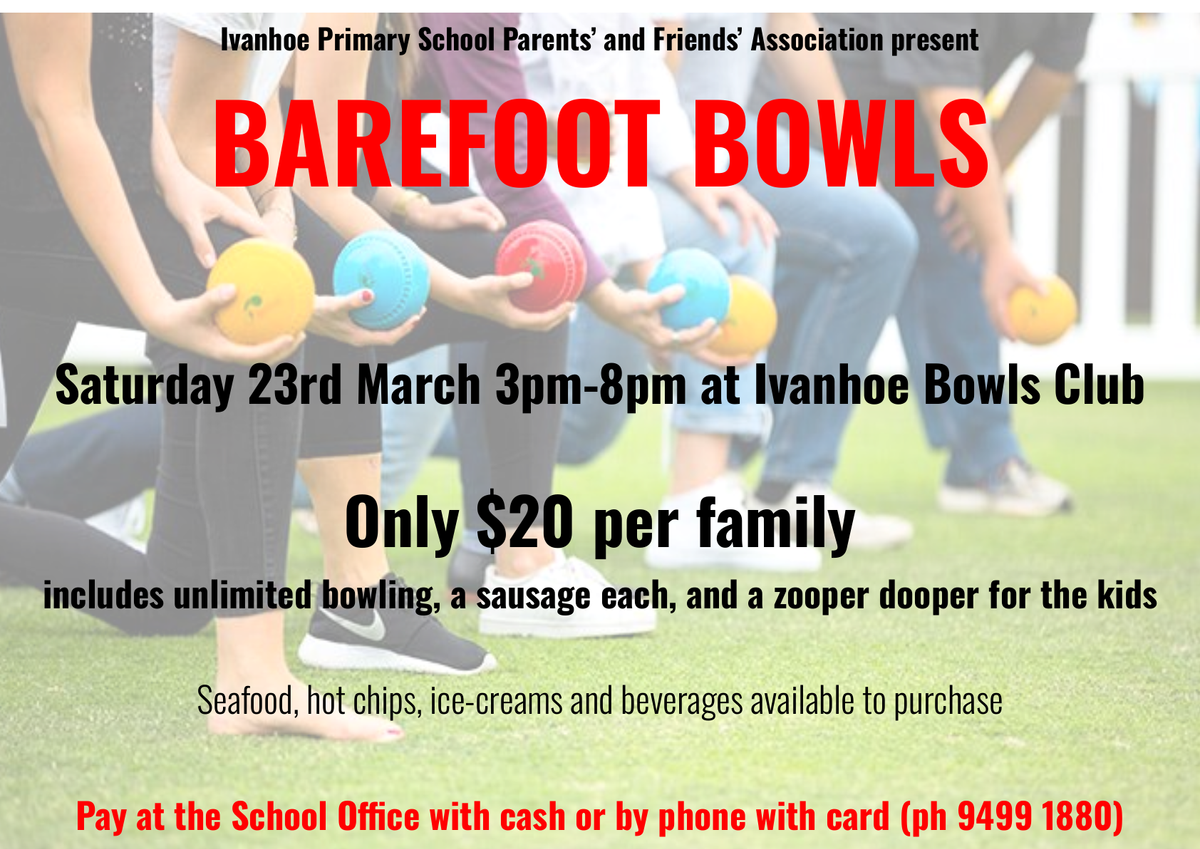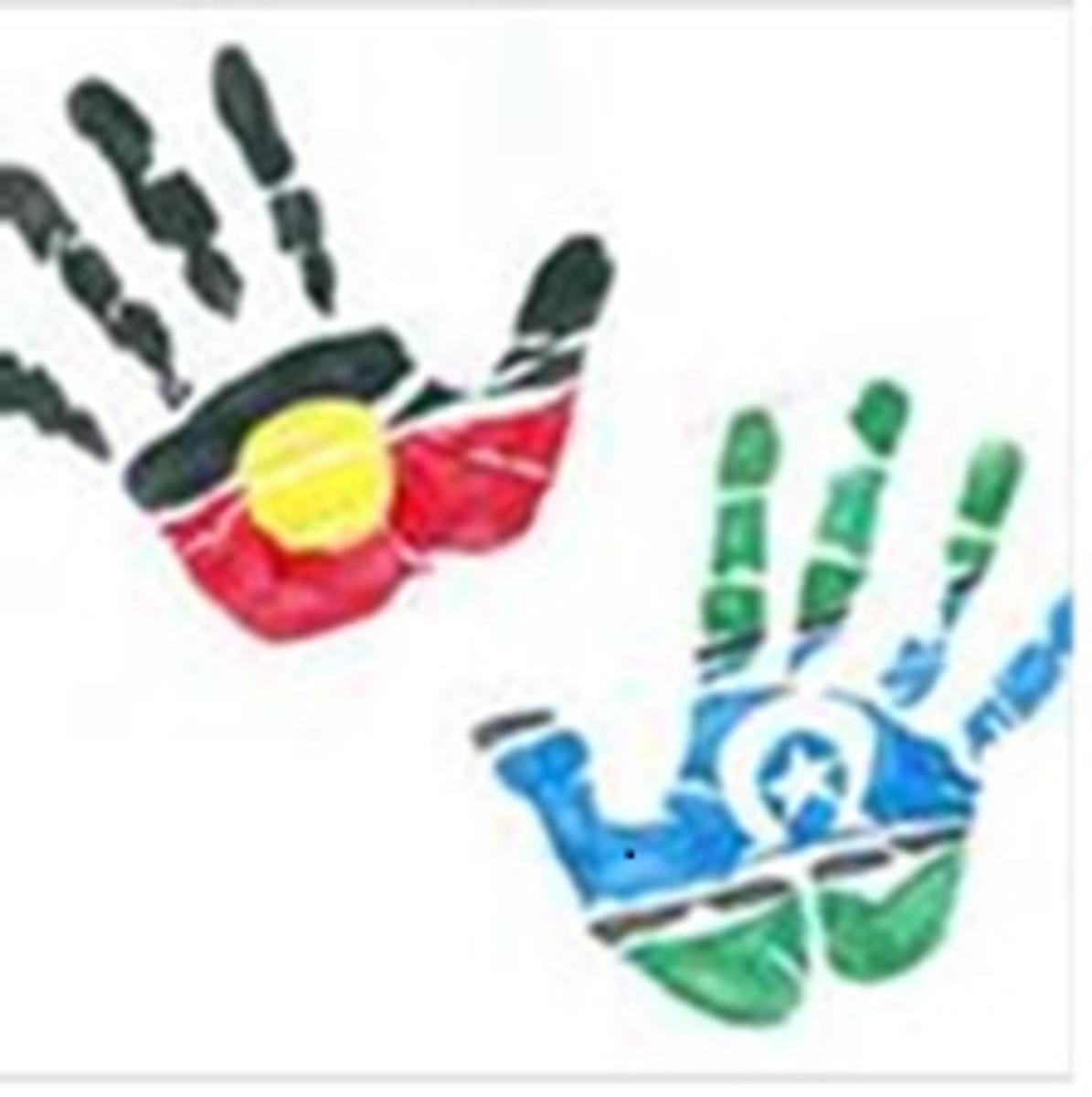From the Principal
Harmony Week is from the 18th to the 24th of March
Harmony Day is Thursday the 21st of March
PFA Event - Barefoot Bowls - Saturday 23rd March 3-8pm
This week's tip: Numeracy & Counting

From the Principal
Harmony Week is from the 18th to the 24th of March
Harmony Day is Thursday the 21st of March
PFA Event - Barefoot Bowls - Saturday 23rd March 3-8pm
This week's tip: Numeracy & Counting


Harmony Week is the celebration that recognises our diversity and brings together Australians from all different backgrounds. It’s about inclusiveness, respect and a sense of belonging for everyone. You can wear a splash of orange on Harmony Day (21st of March) to show your support.
The Theme in 2024 is the elimination of racial discrimination.
But how do you approach this topic in a manner that builds empathy and compassion for others so that children are better able to see when things in their world seem unjust or unfair — and that they can actually do something about it?
You probably have your own great ideas. However, if you need a bit of support, or just a fresh perspective, then watch the video below and then on.
Why is it important to talk about race and racism?
When we teach kids early on that it's OK to talk about race, we help them to understand, respect, and appreciate the differences between people.
This builds empathy and compassion for others so that kids are better able to see when things in their world seem unjust or unfair — and can do something about it.
What's the best way to talk about race and racism?
There's no "right" way to talk to your kids about race or racism. For each family, that conversation will be different, depending on your own race, nationality, and personal experience with racism.
Here are some ways to get the conversation started, and keep it going:
First, get the facts. By learning about the issues, you'll be better able to report them. Listen to a podcast, watch a show, or read up on the history of racism and civil rights so that you're prepared to talk and answer any questions.
Clarify your family's values. Use your words, your example, and your actions to show your children what you believe in. Values to focus on can include equal treatment for all, justice, standing up for those who are suffering, and respecting all people no matter the colour of their skin, the language they speak, or other differences.
Speak in simple terms. Don't overwhelm kids with too much information. State the facts, simply and clearly. If you want to address something that's happened in the news, be honest about what happened, but don't give kids more info than they need.
Be age-appropriate. Topics of race and racism are big-picture issues, and this can be hard for younger kids to grasp.
Ask questions — lots of them. Help your child process thoughts and feelings by asking questions like, "What do you think about what you saw on TV?", "What have you heard?" or "What are your friends talking about?" This helps you get a sense of your child's understanding so you can fill in any gaps with facts or emphasise the values that you hold in your family.
Create a safe place to share feelings. Tough conversations like these bring up strong emotions, like anger, sadness, confusion, and others. Kids who have been victims of racism, or have family members who have been, might have even stronger feelings or fears around these topics. Let your child know that their feelings are important and OK. It helps to share your own feelings in a healthy way. Say something like, "I feel sad right now and that's OK. I won't always feel this way." This helps kids put things into perspective.
Keep the conversation going. Talking to your kids about race and racism shouldn't be a one-time thing. Encourage your child to come to you with questions and continue to talk about it.
Remember: It's OK not to have all the answers. If you don't know how to answer something, be honest and say so. Tell your child that you'll find out and share what you've learned.
Read more at https://kidshealth.org/en/parents/talk-about-race.html
If you are interested in being a parent representative, please read the entire letter on the special Parent Representative page of this edition of Inside Ivanhoe and then complete the slip (or email/dojo) and return it to your class teacher as soon as possible.
At the first School Council meeting on February the 28th, the following people were elected as Office Bearers to the following positions.
School Council President. Hamish Wood
School Council Vice President. Joanne O’Hara
School Council Treasurer. Anton Wolmarans
School Council Secretary. Pam Wright (Co Principal)
Your other School Council members are Mark Kent (Principal) Nick King, Marie Morrow, Miranda Stott, Michelle Tieman, Adrian Biasi, Mehran Ahmadi, Paul Morland, Jing Ren Wu, Justine Convery and Dan McLaughlin.
Due to other commitments, the next meeting of School Council has been brought forward to the 20th of March and will be held in the Collaboration Space from 7pm.
Counting is one of the first experiences of maths for young children.
Learning to say numbers often begins with a favourite song or rhyme and the repetition of the number names. Children will often say the numbers before they visually recognise and identify individual numbers.
Here are some activities and tips to engage your child with counting:
You can incorporate counting into everyday activities such as:
Number hunts are a fun and engaging activity for your child. Ask your child to find numbers around you. Look at and say the numbers on car number plates, signs, calendars, newspapers, shopping catalogues, speed signs, and houses.
Our wonderful PFA have organised a Barefoot Bowls event on Saturday 23rd of March from 3pm - 8pm and we would love to see you there.


Come along and be part of what makes this community great!
It promises to be a fun afternoon!


National Simultaneous Storytime (NSS) is held annually by the Australian Library and Information Association (ALIA).
Every year a picture book, written and illustrated by an Australian author and illustrator, is read simultaneously in libraries, schools, pre-schools, family day cares, childcare centres, family homes, bookshops and many other places around the country.
Now in its 24th successful year, it is a colourful, vibrant, fun event that aims to promote the value of reading and literacy, using an Australian children's book that explores age-appropriate themes, and addresses key learning areas of the National Curriculum for Foundation to Year 6.
By facilitating NSS we aim to:
Aura Parker is an award-winning illustrator, writer and designer. Her picture books are joyful with a playful sense of humour, brimming with details to explore. Aura Parker’s storytelling through words and pictures inspires imagination, courage and confidence in young readers as well as a love, curiosity and passion for nature.
A strong community provides a supportive and inclusive environment that helps children grow their social-emotional skills and develop a sense of belonging. When children have a sense of belonging and feel safe, secure and supported, they have the confidence to play, explore and learn. Confident participation enables children to observe, engage, understand and actively contribute to their expanding world. We aim to provide the foundation for every student to acquire the knowledge and skills that will enable them to develop their full potential, and become confident and resilient members of society.
Mark Kent
Principal
http://www.ivanhoeps.vic.edu.au/
We respectfully acknowledge the Traditional Owners of country throughout Victoria and pay respect to the ongoing living cultures of First Peoples.

